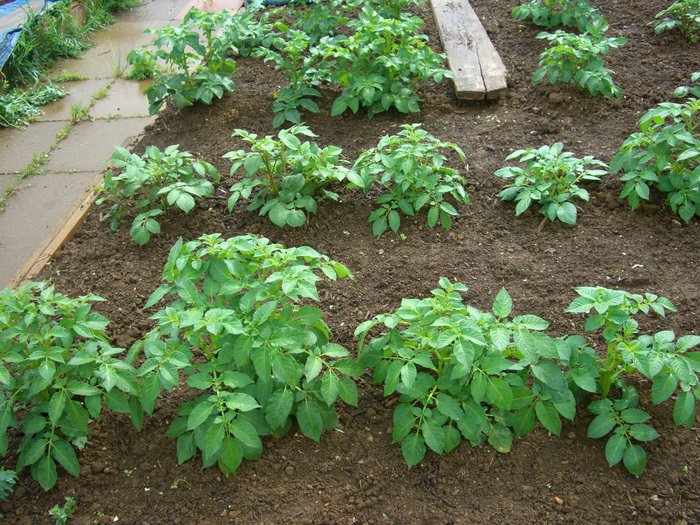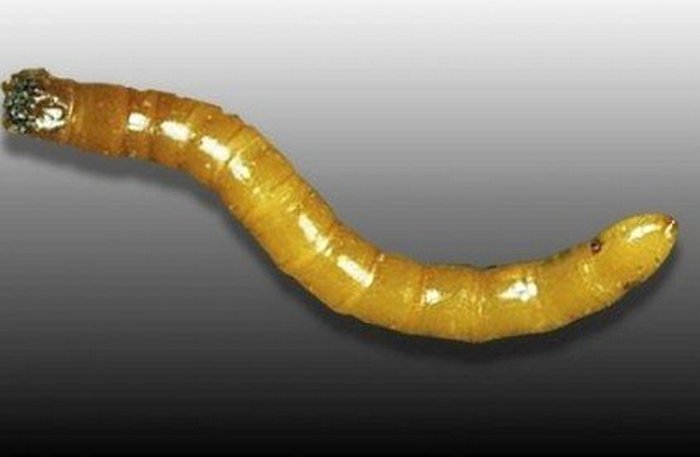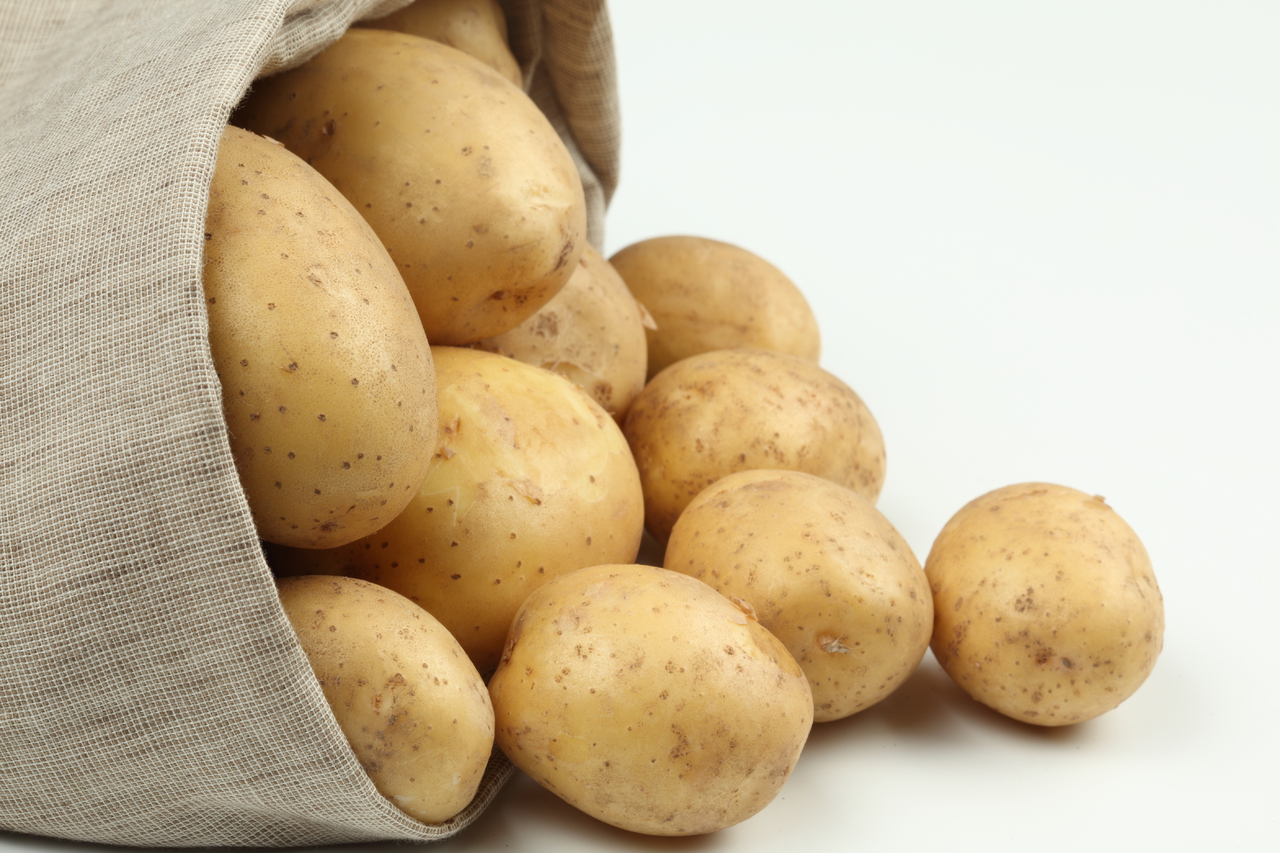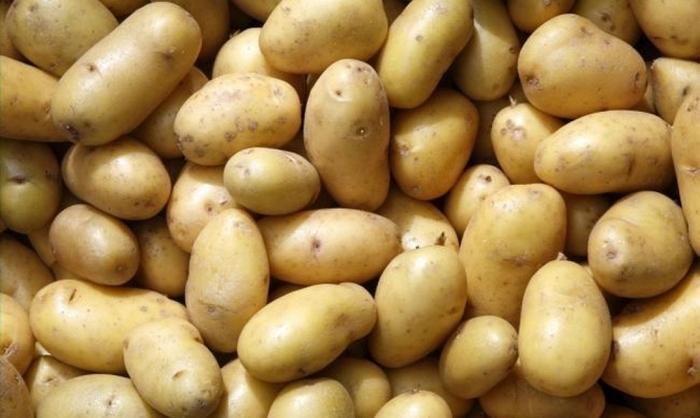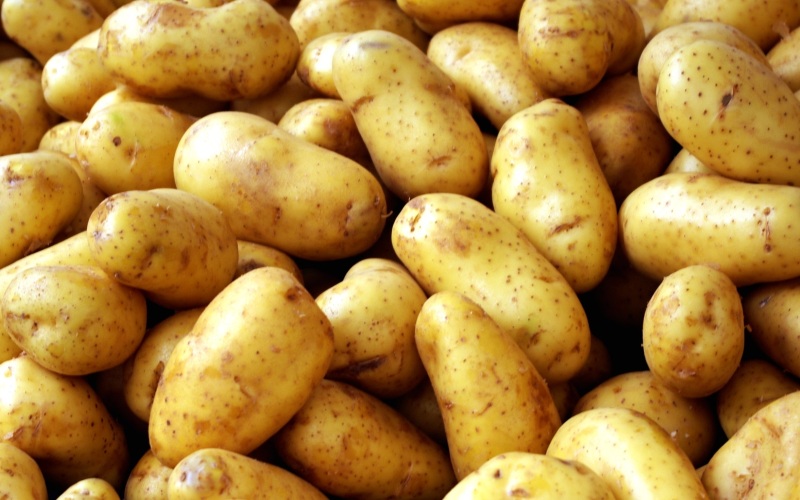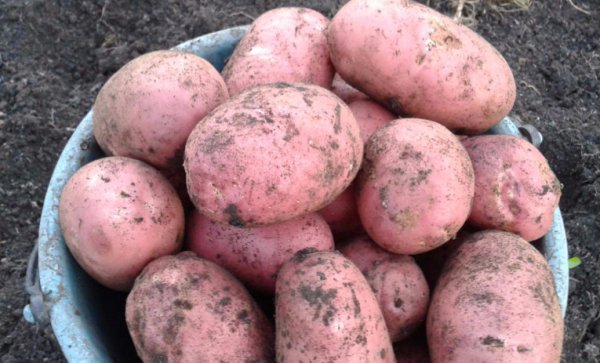Kumach potatoes are appreciated by many gardeners due to the sweetish taste of tubers. For the first time, mouth-watering Kumach was bred in Russia, at the beginning of the 21st century, and soon it was included in the official registry list. This variety was presented at the agro-industrial exhibition "Golden Autumn-2014" among species intended for frying and baking. Many farmers appreciated this culture and introduced it into their farms. The variety has spread far beyond the borders of our country.
Variety characteristics
Kumach potatoes, a detailed description of which will be given below, attracts with their neat tubers of the same shape.
The frost resistance of the variety is low, it dies with a sharp change in temperature conditions. In general, this is a thermophilic culture, which requires a sufficient amount of sun for a comfortable development.
Flowering period - Kumach does not bloom profusely, the intensity of this phenomenon does not affect the intensity of tuber formation. The usual flowering occurs 35 days after the emergence of immature seedlings. Gives in this period of time purple or bright blue flowers.
Bush parameters - has an erect stem, in some cases it can slightly tilt to the sides. The bush reaches medium size, it is characterized by an intermediate type of growth. Its foliage is intense green.
Fruits are oval tubers with a small number of eyes, with a smooth pink skin. When cut, the pulp comes out of a creamy tone, which does not change its color during thermal processing.
The average weight of one tuber is 20 g. With proper care, there is a chance to increase the weight by 50 g. This variety has a high starch content in percentage terms - 18%, the minimum content of starch components in other varieties reached a maximum of 12%. Therefore, Kumach tubers are often used in starch production.
Agrotechnics
Varietal potatoes were bred specifically for cultivation in the center of the country. It develops well on life-giving soils, which contain all the necessary nutrients. This potato variety should not be sown in areas where dioecious plants have previously been cultivated. The best option would be areas where flax, medicinal legumes, and grain crops were grown.
Before planting, the potatoes must undergo a disinfection stage: the tubers are placed in a life-giving solution for 3 hours or sprayed right before planting. To increase yields, varietal potatoes are cut across, in this case, the eyes located in the lower part of the tuber also grow.
Experienced gardeners have long noticed that the most successful direction of potato rows is from north to south. This arrangement allows the plantation to obtain maximum light output, which will have a beneficial effect on yield indicators. When planting, we maintain a distance of 60 cm between the bushes so that the spreading stems do not block the access of light to each other. Before planting, a little chicken droppings are thrown into the hole.
Care for potatoes consists in careful weeding, high-quality watering, spraying from Colorado beetles. As for watering, it is recommended to water tuberous crops up to 3 times per season.
The first stage of feeding is done during the growing season to support vigorous stem growth. Good humus mixed with urea is enough for this. The next stage is aimed at stimulating the flowering process; ash mixed with potassium sulfate will do for this purpose. The next step is to stimulate the formation of tubers, here potassium superphosphates come to the rescue.
Advantages and disadvantages of the variety
A brief description of the species indicates its following advantages:
- Excellent taste, thanks to which many gardeners plant Kumach. Mirage potatoes also taste great;
- High yield indicators, similar indicators are possessed by the Prime potato variety - from 5 hectares, you can collect up to 1 ton of tasty tubers;
- The appearance of the Kumach tubers is the same as the mother-in-law's potatoes;
- Kumach perfectly tolerates drought, like Nursery potatoes;
- Unassuming to care for;
- Well transported tubers;
- Sellable species due to its commercial qualities.
This variety is resistant to many potato diseases, but the tubers must be protected from nematode attack. With this disease, non-standard spots are formed on the leaves, while the leaves are curled. An effective drug Tiazon can save you from a nematode. Due to its increased toxicity, gardeners recommend sprinkling the planting tubers with them several weeks before you plant the selected tubers.
Also, when fighting this scourge, chicken or cow droppings help. In some cases, you can use potato sprouts, which are carefully buried in the soil substrate.
Varietal potatoes Kumach have earned immense popularity. Excellent taste, excellent transfer tolerance, high yields - all these arguments in favor of this species being recognized as one of the best.
With proper care, there are chances to get a great harvest. Success here is achieved only with great difficulty. You should not assume that if the tubers are unassuming in agricultural technology, then you should not provide proper care. Yields will be low in this case. Many gardeners, along with varietal Kumach potatoes, choose Mirage potatoes, a general description of the variety will be given separately. Kumach is cultivated due to its increased yield and resistance to many ailments.

